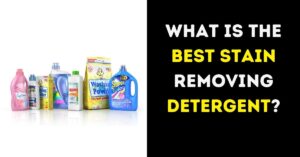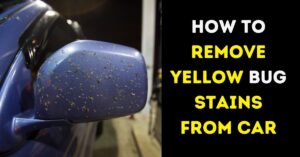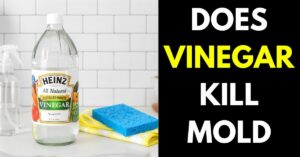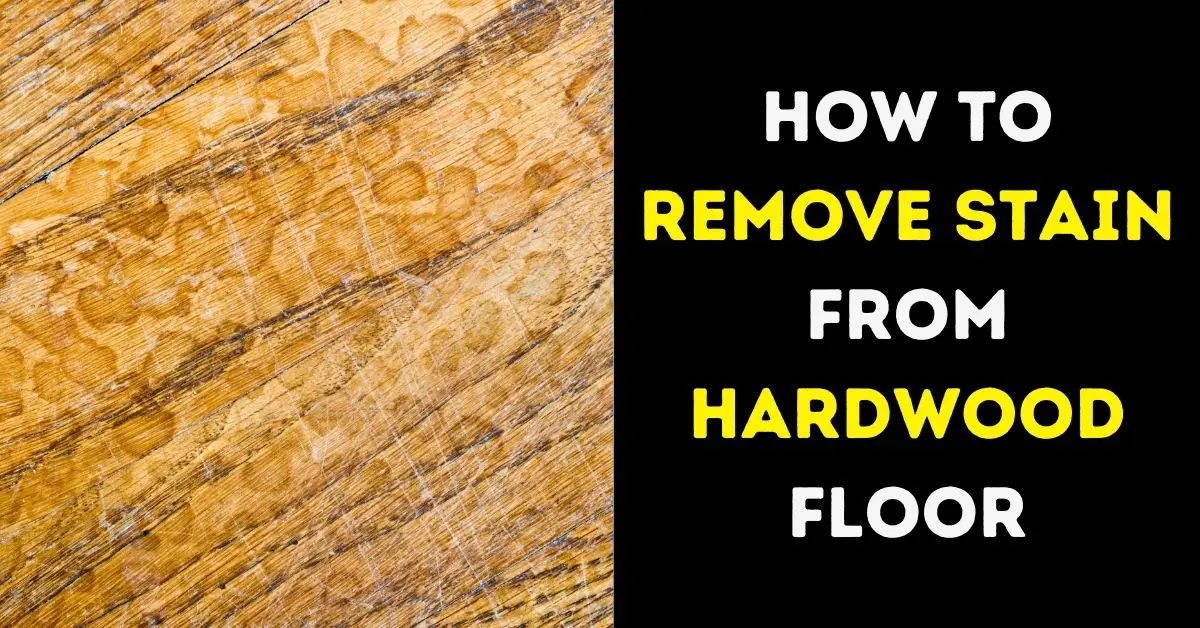
Hardwood floors are a timeless and elegant addition to any home, lending warmth and sophistication to the living space. However, no matter how careful we are, stains can occasionally mar the beauty of these exquisite floors.
This article will explain the process of stain removal from hardwood floors, providing step-by-step instructions and tips to ensure that your cherished hardwood floors remain in impeccable condition.
With the right knowledge and a few readily available tools, you can restore your hardwood floors to their former glory, preserving the timeless beauty and elegance that they bring to your home.
How To Prepare for The Stain Removal
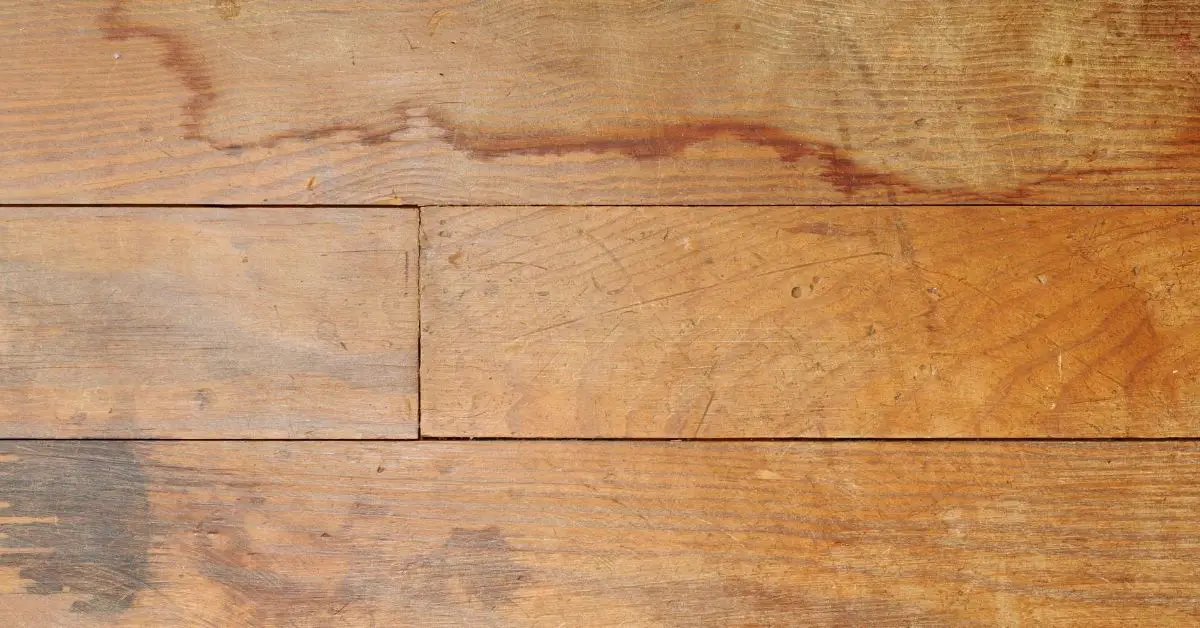
Adequate preparation can make the stain-removal process more efficient and effective. Here’s a step-by-step guide on how to prepare for stain removal:
1. Gather necessary tools
- Soft Cloths or Rags: You’ll need these for blotting and cleaning the stain.
- Mild Dish Soap: Opt for gentle, pH-balanced dish soap.
- White Vinegar: Vinegar can be useful for various types of stains.
- Hydrogen Peroxide: This is effective for lightening and removing certain stains.
- Baking Soda: Useful for creating a stain-removing paste.
- Fine-grit sandpaper: Necessary for addressing deeper or stubborn stains.
- Floor Wax or Finish: You may need this to restore the floor’s finish after stain removal.
- Stain-Specific Solutions: For specialized stains like wine, pet urine, or ink, consider using stain-specific commercial solutions.
- Protective Gloves: These will keep your hands safe from cleaning agents.
How To Remove Common Stains From Hard Floor
When it comes to hardwood floor stains, some common culprits include water, food and beverage spills, pet accidents, and ink marks. Here’s how you can effectively remove these common stains from your hardwood floors:
1. Water Stains
Water stains are often the result of spills or moisture penetrating the wood’s surface. To remove them, begin by blotting the stained area gently with a soft cloth or paper towel to soak up excess moisture. Then, mix a solution of equal parts white vinegar and water.
Dampen a clean cloth with the solution and gently rub the stain in a circular motion. Finish by drying the area thoroughly with a clean, dry cloth. This method should help lift the water stain and restore your floor’s appearance.
2. Food and Beverage Stains
Food and beverage stains can be unsightly, but they are generally easy to remove. Start by wiping away any excess residue or spilled material. Then, mix a mild solution of dish soap and water. Dampen a cloth with this solution and gently scrub the stained area, working in small circular motions.
Rinse with clean water and dry thoroughly to prevent any water damage. For stubborn stains, you can try a mixture of hydrogen peroxide and water, but test it in an inconspicuous area first to ensure it doesn’t damage the finish.
3. Pet Stains
Pet accidents are a common challenge, but prompt action can prevent lasting damage. Begin by blotting up as much of the liquid as possible with a paper towel. Then, clean the area with an enzymatic cleaner designed specifically for pet stains.
Follow the product instructions carefully. These cleaners are effective at breaking down the organic matter causing the stain and odor. Once the area is clean, rinse with water and dry thoroughly. In severe cases, you may need to lightly sand and refinish the spot to remove the stain fully.
4. Ink Stains
Ink stains can be tricky, but you can tackle them effectively. Start by dampening a cloth with rubbing alcohol or a specialized ink stain remover. Gently blot the stained area, being careful not to scrub vigorously, as this can damage the wood’s finish.
If the stain persists, you can try using fine-grit sandpaper to carefully sand away the stain, followed by refinishing the spot. Always work in a well-ventilated area and take care not to remove more finish than necessary.
5. Oil-Based Stains
Oil-based stains like cooking oil or grease can leave stubborn marks. To remove them, create a paste by mixing baking soda and water.
Apply the paste to the stain and let it sit for a few minutes. Gently scrub the area with a soft cloth or sponge. Rinse thoroughly with clean water and dry the floor. If the stain remains, you may need to repeat the process or consult a professional. In extreme cases, sanding and refinishing might be necessary.
How To Deal With Tough Stains From The Hardwood Floor
While common stains like water, food, and ink can often be removed with relatively straightforward methods, tougher stains may require more intensive treatment.
1. Deep Scratches and Gouges
Deep scratches and gouges can be particularly unsightly. Start by cleaning the affected area to remove any debris or dirt. Depending on the depth of the scratch, you may need to use fine-grit sandpaper to carefully sand the damaged area, going with the grain of the wood.
Be cautious not to sand too aggressively, as this can worsen the damage. After sanding, apply a matching stain marker to the area and finish with a protective coat of wax or finish to blend the repair with the rest of the floor.
2. Dark Water Stains
Dark water stains that have penetrated the wood can be challenging to remove. Begin by sanding the stained area lightly to remove the damaged finish and wood.
Next, apply a wood bleach or oxalic acid solution to the stain, following the manufacturer’s instructions closely. This should lighten the stain. Once the stain is gone or significantly faded, rinse thoroughly, neutralize the bleach, and refinish the spot to match the rest of the floor.
3. Mold and Mildew
Mold and mildew can be both unsightly and potentially harmful. To remove them, start by wearing protective gloves and using a mildew cleaner or a mixture of water and white vinegar. Scrub the affected area gently, then rinse with clean water.
Dry the area completely. If the mold or mildew has caused lasting damage or discoloration to the wood, you may need to sand the floor and refinish it to restore its appearance.
4. Wax and Gum
Wax and gum can be challenging to remove without causing damage. To remove the wax, gently freeze it by applying an ice pack or ice cubes in a plastic bag to the wax until it hardens. Once hardened, carefully scrape off the wax using a plastic scraper or the edge of a credit card.
For gum, use the same freezing method and then gently peel it away. Be cautious not to scratch the wood surface. Clean any residue with a mild solvent and a soft cloth.
5. Cigarette Burns
Cigarette burns can be quite noticeable. To address them, sand the burned area lightly with fine-grit sandpaper until the burn mark is removed. Clean the area and apply a matching stain marker to blend the repair. Finish by applying a protective coat of wax or finish to match the surrounding floor.
Finally
In this guide, we’ve shown you effective methods for removing stains from hardwood floors, preserving their beauty. While stains can be a hassle, knowing how to address them is crucial.
Prevention, through regular cleaning and protective measures, is your best ally in keeping your hardwood floors looking pristine. Treat your floors with care, and they’ll reward you with lasting elegance and value.


